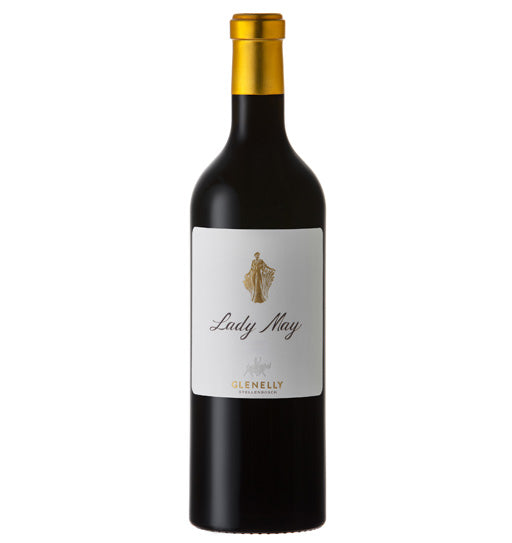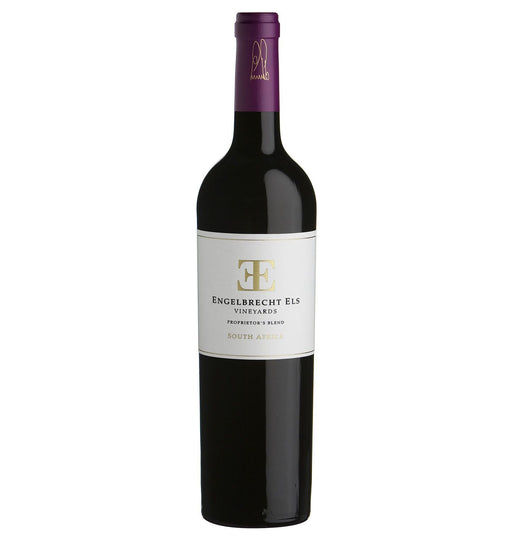Petit Verdot
Petit Verdot is a red wine grape whose small, thick skinned berries are valued for their depth of colour. Traditionally the variety has played a small role in the classic blends of Bordeaux, but varietal Petit Verdot wines are now appearing in many regions of southern Europe, the Americas and Australia.
The name Petit Verdot is particularly descriptive of the variety's characteristics. The first half is relatively simple, and indicates the small (petit) size of the grape berries. It is clearly contrasted in this regard with its larger berried cousin, Gros Verdot. The verdot part is a little less obvious. It translates roughly as "green one" and reflects the variety's propensity to under ripeness; in cool seasons Petit Verdot vines produce bunches speckled with green, unripened berries.
Due to the high levels of anthocyanins in the berry's thick skins, Petit Verdot wines tend to have a dense, inky, violet-black appearance. They also have high tannin levels, thanks to the small berries – specifically their high ratio of skin and seeds to juice.
The 1960s marked the beginning of a new chapter in Petit Verdot's history. In Bordeaux, the variety's traditional home, many Petit Verdot vines were uprooted, to be replaced with more reliable, more fashionable varieties. Wine consumer preferences (particularly in the U.S.) were changing, in favour of plump, fruity Merlot and regal, structured Cabernet Sauvignon.
The waning fashion for the variety was not helped by the fact that it poses several problems in the vineyard. Petit Verdot vines have relatively weak shoots and canes, meaning that they require careful handling. Beyond that, the variety is both early budding (and therefore susceptible to wet or frosty spring weather) and also late ripening, making it a liability in cool vintages. Were it not for Petit Verdot's thick skins and small, tight berries, which make it particularly resistant to rot and disease, it might never have become popular in Bordeaux at all.
For a while, it looked as though Petit Verdot might slip into oblivion. Happily, the 1980s saw something of a renaissance for Petit Verdot, particularly in New World regions such as California and Australia. Producers started experimenting with the variety in new environments, and in the early 21st century it is now being used in various parts of the U.S., Australia, Italy, Spain, Portugal, Chile and Argentina. The regions in which it has enjoyed most success have one thing in common: a warm, dry climate. There are strong parallels between the stories of Petit Verdot and Carmenère – another former Bordeaux variety which is enjoying a new lease of life in the New World.
The name Petit Verdot is particularly descriptive of the variety's characteristics. The first half is relatively simple, and indicates the small (petit) size of the grape berries. It is clearly contrasted in this regard with its larger berried cousin, Gros Verdot. The verdot part is a little less obvious. It translates roughly as "green one" and reflects the variety's propensity to under ripeness; in cool seasons Petit Verdot vines produce bunches speckled with green, unripened berries.
Due to the high levels of anthocyanins in the berry's thick skins, Petit Verdot wines tend to have a dense, inky, violet-black appearance. They also have high tannin levels, thanks to the small berries – specifically their high ratio of skin and seeds to juice.
The 1960s marked the beginning of a new chapter in Petit Verdot's history. In Bordeaux, the variety's traditional home, many Petit Verdot vines were uprooted, to be replaced with more reliable, more fashionable varieties. Wine consumer preferences (particularly in the U.S.) were changing, in favour of plump, fruity Merlot and regal, structured Cabernet Sauvignon.
The waning fashion for the variety was not helped by the fact that it poses several problems in the vineyard. Petit Verdot vines have relatively weak shoots and canes, meaning that they require careful handling. Beyond that, the variety is both early budding (and therefore susceptible to wet or frosty spring weather) and also late ripening, making it a liability in cool vintages. Were it not for Petit Verdot's thick skins and small, tight berries, which make it particularly resistant to rot and disease, it might never have become popular in Bordeaux at all.
For a while, it looked as though Petit Verdot might slip into oblivion. Happily, the 1980s saw something of a renaissance for Petit Verdot, particularly in New World regions such as California and Australia. Producers started experimenting with the variety in new environments, and in the early 21st century it is now being used in various parts of the U.S., Australia, Italy, Spain, Portugal, Chile and Argentina. The regions in which it has enjoyed most success have one thing in common: a warm, dry climate. There are strong parallels between the stories of Petit Verdot and Carmenère – another former Bordeaux variety which is enjoying a new lease of life in the New World.
-
 Sale
£36.57
Sale
£36.57Glenelly Lady May
Glenelly EstateElegant and complex, Glenelly Lady May develops flavours of cassis, blackcurrant, dark cherry, a touch of graphite and delicate, spicy plum fruit. ...
View full details -
 Sale
£30.35
Sale
£30.35Ernie Els Proprietor's Blend 2017
Ernie ElsAfter hand-picking the fruit in the early morning ensuring the grapes came into the winery cool and were transferred to open-topped fermenters for ...
View full details
Sort by


